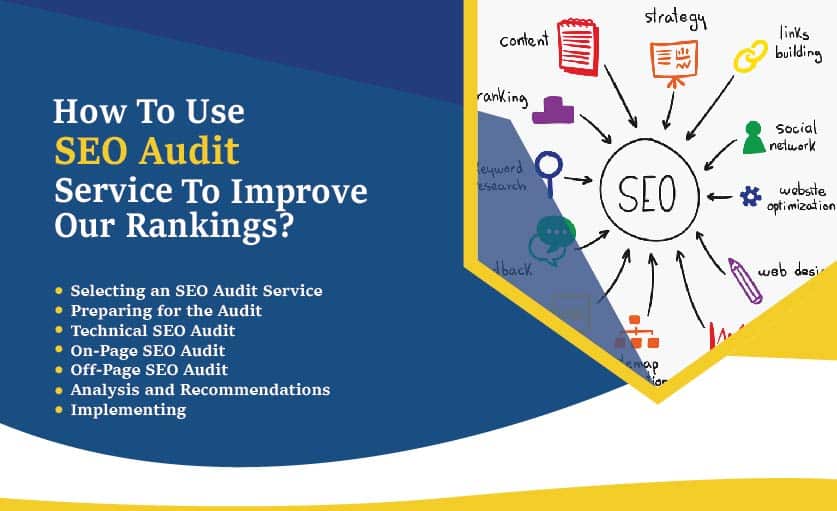In today’s highly competitive online landscape, having a well-optimized website is crucial for achieving higher search engine rankings. While there are many strategies and techniques available to boost your website’s visibility, one powerful tool that can make a significant impact is an SEO audit service. By conducting a thorough audit of your website’s SEO performance, you can uncover areas of improvement and implement effective strategies to enhance your rankings. In this article, we will explore the steps involved in using an SEO audit service and how it can help you achieve better search engine rankings.
Understanding the Basics of an SEO Audit
Before diving into the process, let’s first understand what an SEO audit entails. An SEO audit is a comprehensive analysis of your website’s technical, on-page, and off-page elements that influence its visibility in search engine results. It involves evaluating various factors such as website structure, keyword optimization, content quality, backlink profile, and user experience. The purpose of an SEO audit is to identify issues, weaknesses, and opportunities for improvement to enhance your website’s overall SEO performance.
Step 1: Selecting an SEO Audit Service
The first step in using an SEO audit service is to find a reputable and reliable provider. There are numerous companies and agencies offering SEO audit services, so it’s essential to do your research and choose one that aligns with your specific needs and budget. Look for a service that offers a comprehensive audit covering all essential aspects of SEO.
Step 2: Preparing for the Audit
Once you have selected an SEO audit service, the next step is to prepare your website for the audit process. This involves providing access to your website’s analytics, search console, and other relevant data. The audit service will analyze this information to gain insights into your website’s current SEO performance and identify areas that need improvement.
Step 3: Technical SEO Audit
The technical SEO audit focuses on the technical aspects of your website that can impact its visibility and performance. This includes analyzing your website’s crawlability, indexing, site speed, mobile-friendliness, URL structure, and other technical factors. The audit service will identify any technical issues that may be hindering your website’s rankings and provide recommendations for improvement.
Step 4: On-Page SEO Audit
The on-page SEO audit evaluates the optimization of individual web pages on your website. It involves analyzing factors such as keyword usage, content quality, meta tags, header tags, and internal linking. The audit service will assess whether your pages are effectively optimized for relevant keywords and provide suggestions to optimize your on-page elements for better rankings.
Step 5: Off-Page SEO Audit
The off-page SEO audit focuses on analyzing the external factors that impact your website’s rankings, primarily backlinks. The audit service will evaluate the quality, relevance, and diversity of your backlink profile. They will identify any toxic or low-quality backlinks that may be harming your website’s reputation and provide strategies for building high-quality, authoritative backlinks to improve your rankings.
Step 6: Analysis and Recommendations
After conducting a comprehensive audit, the SEO audit service will compile a detailed report outlining their findings and recommendations. This report will highlight the strengths and weaknesses of your website’s SEO performance and provide actionable insights on how to improve your rankings. It may include recommendations for technical fixes, on-page optimization strategies, content improvements, and backlink-building tactics.
Step 7: Implementing the Recommendations
The final step is to implement the recommendations provided by the SEO audit service. Depending on the complexity of the issues identified, you may need the assistance of a web developer, content writer, or SEO specialist to make the necessary changes. It’s essential to prioritize the recommendations based on their potential impact.
